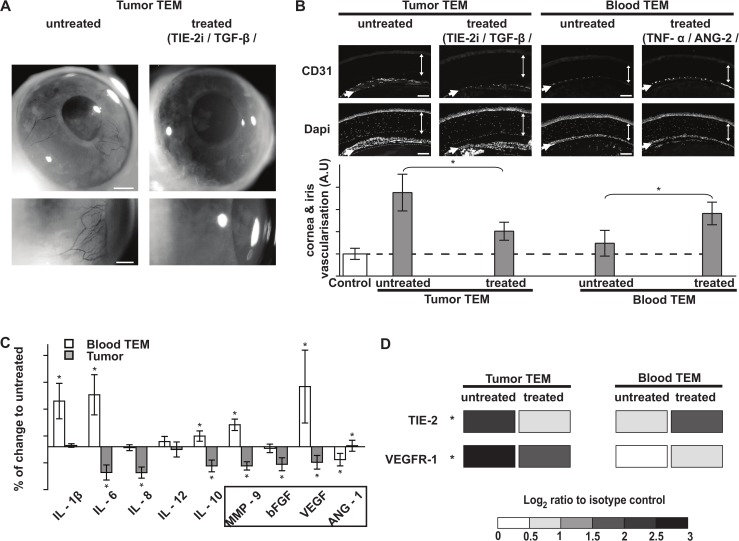Fig 6. Controlling the pro-angiogenic activity of TEM from breast cancer patients.
(A and B) In vivo corneal vascularization assay, as described in Fig. 1A, showing the variations in the pro-angiogenic activity of patient TEM in response to in silico predicted treatments. TIE-2 kinase inhibitor/TGF-β/VEGF treatment decreased tumor TEM pro-angiogenic activity while TNF-α/PlGF/ANG-2 treatment increased the pro-angiogenic activity of blood TEM. Bars are 500 and 250 μm in A and B respectively. Cornea and iris are depicted by double-head and single arrows respectively. Bar graph represents a quantification of the vascular network of the cornea and the iris. (C) Variations of patient blood and tumor TEM secretion profiles in response to TNF-α/PLGF/ANG-2 and TIE-2 kinase inhibitor/TGF-β/VEGF treatments. Angiogenic factors are boxed. No significant variations were detected for IL-4 and TNF-α. (D) Variations of patient blood and tumor TEM expression of TIE-2 and VEGFR-1 in response to the same treatments. Fold increase to isotype control antibody is indicated, similarly as in Table 2. Shown are cumulated data (C, D) or representative results (A and B) of 3 to 5 experiments. Significant variations (* P < 0.05, T test).

